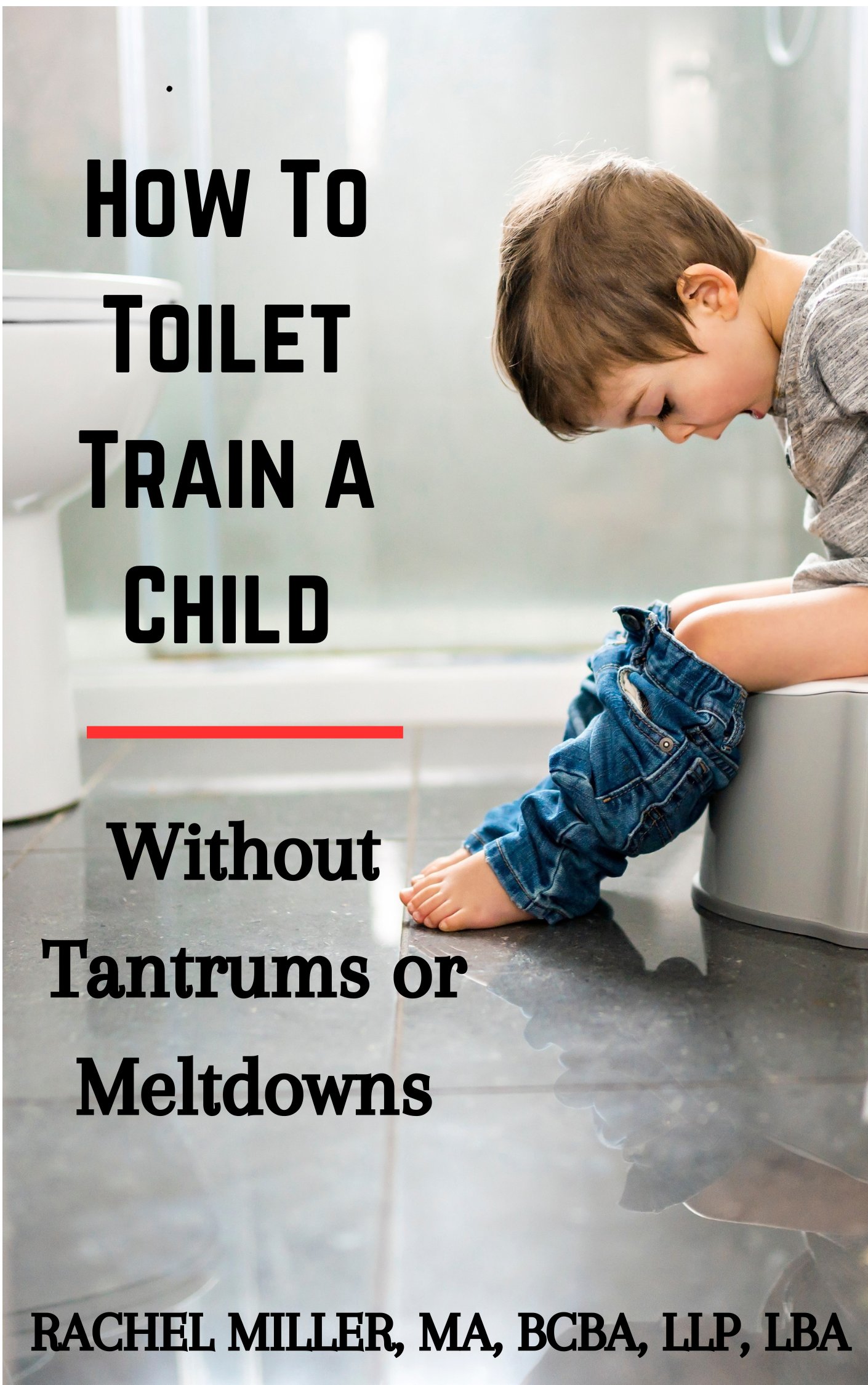Rett Syndrome: Symptoms,
Causes, Stages, and Treatment Options
What is Rett Syndrome?

Rett syndrome is a rare genetic neurological disorder that primarily affects girls and leads to severe impairments in speech, motor skills, and social interaction. Often misdiagnosed as autism spectrum disorder (ASD) in early stages, Rett syndrome is now recognized as a distinct condition caused by mutations in the MECP2 gene on the X chromosome.
Because males only have one X chromosome, most boys with this mutation do not survive infancy. Rett syndrome almost exclusively affects females, with an estimated prevalence of 1 in 10,000 to 15,000 live female births worldwide.
Causes of Rett Syndrome
- Genetic mutation: Nearly all cases are linked to mutations in the MECP2 gene (methyl CpG binding protein 2).
- Random occurrence: The mutation usually happens spontaneously, without being inherited.
- Brain development: MECP2 plays a crucial role in healthy brain function, explaining the disorder’s severe neurological impact.
Rett syndrome was first described in 1954 by Dr. Andreas Rett, with official publication in 1966. Since then, research has confirmed the genetic basis of the condition.
Signs and Symptoms of Rett Syndrome
The first symptoms typically appear between 6 months and 2 years of age, following a period of normal development. Common signs include:
- Loss of acquired skills such as crawling, walking, or purposeful hand movements
- Severe speech and language difficulties (both expressive and receptive)
- Loss of social engagement (often mistaken for autism)
- Repetitive hand movements (wringing, clapping, tapping, or hand-to-mouth gestures)
- Breathing irregularities such as hyperventilation or apnea
- Slowed head growth (microcephaly)
- Seizures and motor coordination problems
- Behavioral challenges, such as temper tantrums due to limited communication abilities
Stages of Rett Syndrome
According to the National Institute of Neurological Disorders and Stroke (NINDS), Rett syndrome progresses in four stages:
Stage I: Early Onset (6–18 months)
- Decreased eye contact and interest in toys (often why this may be confused with autism)
- Delays in sitting or crawling
- Subtle hand-wringing and slowed head growth
Stage II: Rapid Regression (Ages 1–4)
- Loss of language and purposeful hand skills
- Emergence of repetitive hand movements
- Breathing difficulties (apnea, hyperventilation)
- Unsteady gait and reduced social interaction
Stage III: Plateau or Pseudo-Stationary Phase (Ages 2–10)
- Seizures, apraxia, and motor difficulties
- Some improvement in social interaction and communication
- Girls often remain in this stage for most of their lives
Stage IV: Late Motor Deterioration (Years to Decades)
- Severe motor decline with loss of walking ability
- Muscle stiffness, weakness, scoliosis, and abnormal posture
- Repetitive hand movements may decrease, while eye contact improves
Living with Rett Syndrome

Raising a child with Rett syndrome presents unique challenges, but with the right resources and care, many families build fulfilling lives. Children and adults with Rett syndrome often require lifelong support for mobility, communication, and daily needs.
Common Daily Challenges
- Limited verbal communication, making alternative communication methods critical
- Mobility restrictions that may require wheelchairs, braces, or adaptive seating
- Seizure management through medications and regular monitoring
- Feeding difficulties that sometimes require nutritional supplements or feeding tubes
Family and Caregiver Support
Parents and caregivers often benefit from:
- Respite care to avoid burnout
- Support groups connecting families with others facing similar challenges
- Educational planning with individualized education programs (IEPs) for school-aged children
Adaptive Technologies
Advances in technology provide new opportunities for independence, including:
- Eye-gaze communication devices that allow children to express thoughts and needs
- Adaptive switches and mobility aids to improve interaction with their environment
- Telehealth services for ongoing medical and therapeutic support
Diagnosis of Rett Syndrome
- Genetic testing: Confirms mutations in the MECP2 gene in about 80% of cases.
- Clinical observation: Used alongside genetic testing to track symptom progression.
Treatment and Therapy Options
Currently, there is no cure for Rett syndrome, but treatment focuses on managing symptoms and improving quality of life.
Common therapies include:
- Physical therapy – improves mobility and reduces muscle stiffness
- Speech and communication therapy – including picture communication systems
- Occupational therapy – enhances daily living skills
- Behavioral therapy – helps manage emotional and social challenges
- Nutritional support – ensures healthy growth and reduces complications
Supportive care from a multidisciplinary team of doctors, therapists, and caregivers is essential.
Research and Future Directions
Research into Rett syndrome has grown rapidly over the past two decades. Key areas of focus include:
- Gene therapy: Efforts to repair or replace faulty MECP2 genes show promising early results in laboratory studies.
- Drug therapies: Clinical trials are testing compounds that may restore brain function or reduce symptoms.
- Neurodevelopmental studies: Researchers are exploring how MECP2 mutations disrupt brain signaling, with the goal of designing targeted treatments.
While no cure exists yet, the pace of scientific progress gives hope that disease-modifying treatments could be available in the future.
If you haven't already, be sure to check out my ebooks, now on Amazon!
References
1. American Psychiatric Association. (2000). Pervasive developmental disorders. In Diagnostic and statistical manual of mental disorders (Fourth edition---text revision (DSM-IV-TR). Washington, DC: American Psychiatric Association,76-77.
2. International Rett Syndrome Foundation. About Rett Syndrome.
www.rettsyndrome.org. 11-25-09.
3. National Institute of Neurological Disorders and Stroke.
Rett Syndrome Fact Sheet. www.ninds.nih.gov. 11-25-09.

